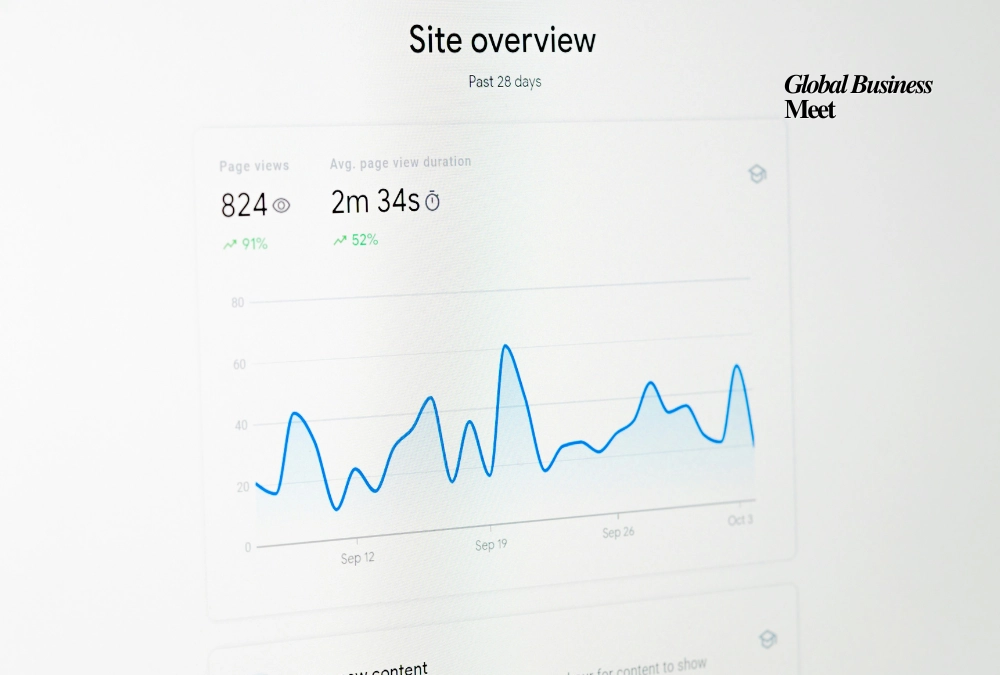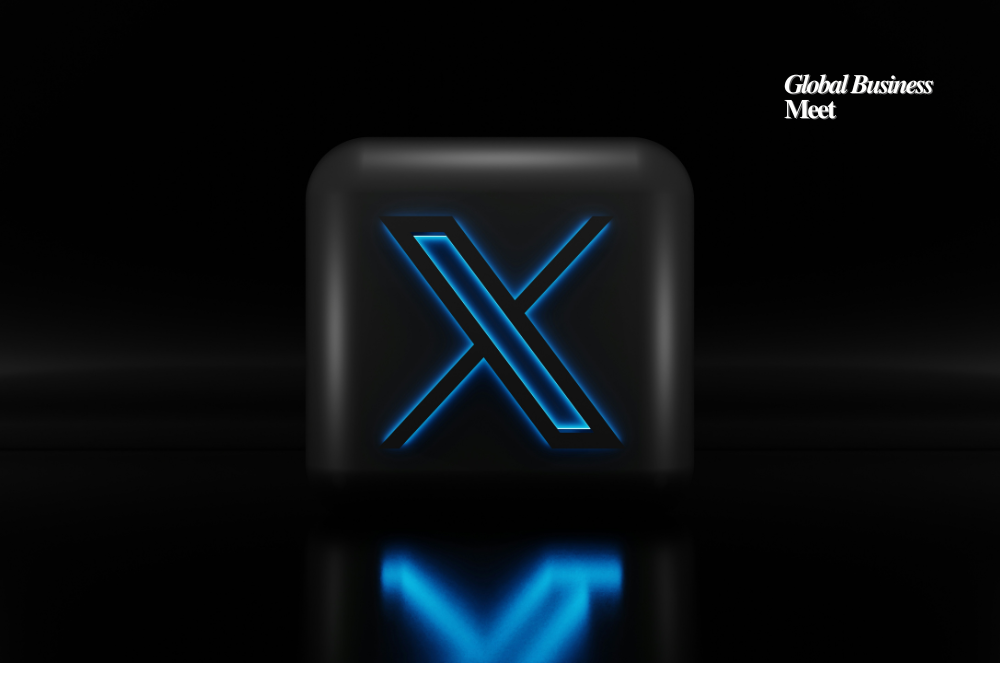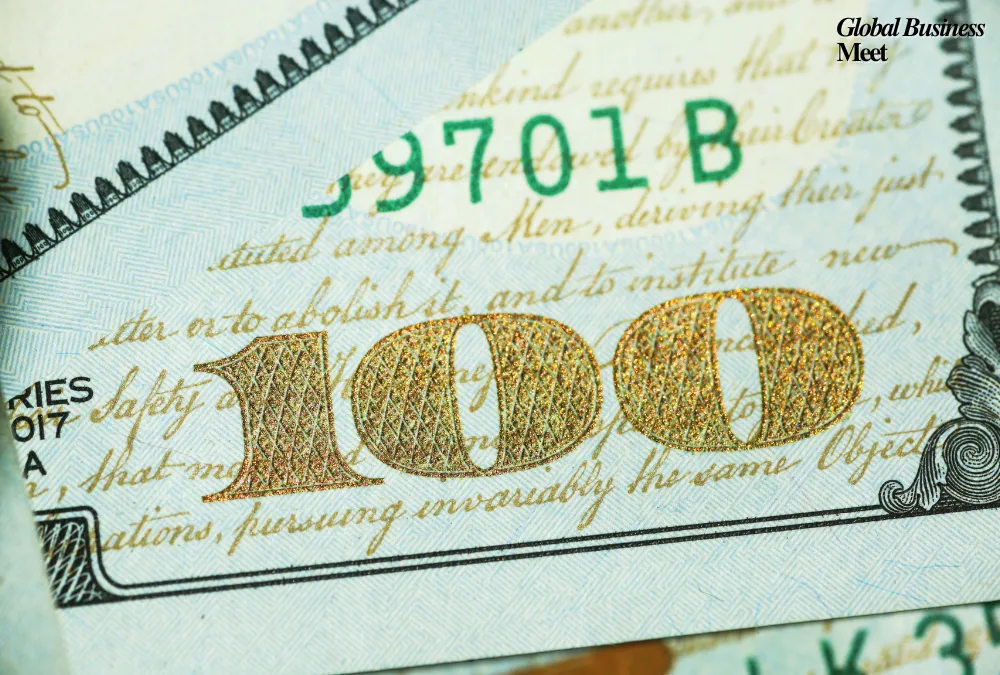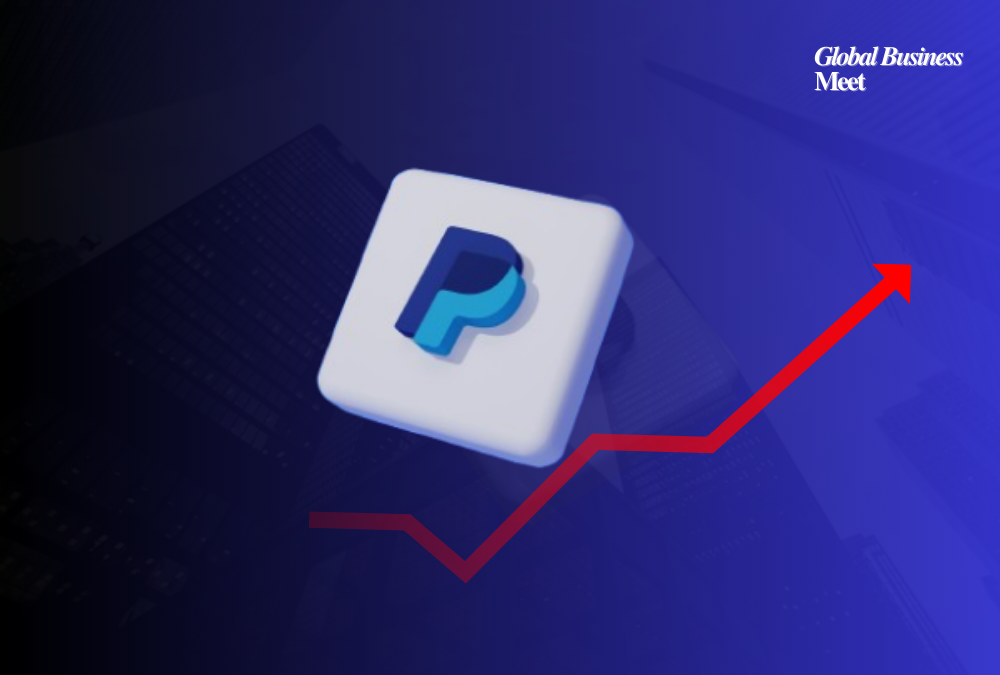
Kraken, one of the largest U.S.-based cryptocurrency exchanges, is making strategic moves to cement its position as a hybrid player bridging decentralized finance and traditional markets. Following a $500 million funding round in July 2025 that valued the exchange at $15 billion, Kraken is reportedly in advanced talks to secure an additional $200–$300 million from a strategic investor. This could push its valuation to $20 billion ahead of a planned 2026 IPO. The move reflects a larger trend in the crypto industry, where established exchanges are leveraging regulatory compliance, product diversification, and political influence to strengthen their long-term market positions.
Strategic Fundraising and Valuation Logic
Kraken’s push toward a $20 billion valuation is backed by tangible performance. The exchange generated $1.5 billion in revenue in 2024 and $411 million in Q2 2025 alone, with post-EBITDA earnings approaching $80 million. These figures highlight Kraken’s growing dominance, particularly in the U.S. market, where it now controls 68% of fiat-to-crypto transaction volume, up from 43% in previous periods.
Kraken’s acquisition of NinjaTrader, a derivatives platform, expanded its user base by 2 million and introduced tokenized equity trading via its xStocks product. This offering blurs the lines between traditional finance and crypto, positioning Kraken as a hybrid platform capable of attracting both retail and institutional users.
The proposed $20 billion valuation aligns with broader patterns in the private crypto sector, where firms are securing capital at increasingly aggressive multiples. While some firms, like FTX and Binance, pursued aggressive market share grabs, Kraken is taking a compliance-first approach, emphasizing regulatory alignment and institutional partnerships.
Navigating Regulatory Shifts
Regulatory uncertainty has long been a challenge in crypto markets, but Kraken is betting on a window of opportunity. By partnering with Morgan Stanley and Goldman Sachs as IPO underwriters, Kraken is signaling its intent to meet Wall Street standards, a move that could insulate the exchange from the volatility that has affected earlier crypto IPOs.
Additionally, Kraken has invested $2 million in pro-crypto political action committees, supporting candidates advocating for favorable regulatory frameworks. This political engagement highlights the exchange’s strategy of shaping regulatory conditions before rules become rigid.
The SEC’s focus on spot ETF approvals and stablecoin oversight underscores the delicate balance between compliance and innovation. Kraken’s xStocks product, offering fractional ownership of traditional assets on a crypto-native platform, exemplifies its hybrid strategy. By providing both tokenized assets and traditional trading options, Kraken appeals to a broad spectrum of investors while navigating evolving regulations.
Market Consolidation and Competitive Edge
The crypto exchange sector is consolidating rapidly, with smaller exchanges struggling to compete against well-capitalized incumbents. A $20 billion valuation would place Kraken among the top three global exchanges alongside Binance and Coinbase.
Kraken differentiates itself through a hybrid model that blends regulatory compliance, tokenized assets, derivatives, and institutional-grade custody solutions. This diversification allows Kraken to attract both retail crypto users and institutional investors, creating multiple revenue streams beyond traditional trading fees.
Recent funding rounds included venture capital firms, investment managers, and participation from co-CEO Arjun Sethi’s Tribe Capital. This backing indicates strong investor confidence in Kraken’s ability to monetize its expanding ecosystem, from tokenized equities to derivatives trading.
Risks and Realities
Despite its robust strategy, Kraken faces potential risks. Crypto markets remain cyclical, and a downturn could impact IPO timing. Regulatory scrutiny around tokenized assets and cross-border operations could also delay its public listing. Nevertheless, Kraken’s partnerships with legacy Wall Street firms and its proactive lobbying efforts are intended to mitigate these risks.
For investors, the key question is whether Kraken’s $20 billion valuation reflects genuine long-term potential or optimism ahead of its IPO. If executed effectively, the exchange’s hybrid model and tokenized asset offerings could justify a premium valuation compared to traditional platforms like Robinhood or E*TRADE.
Conclusion
Kraken’s pursuit of a $20 billion valuation is more than a financial milestone, it is a strategic maneuver in a rapidly evolving crypto landscape. By securing capital, expanding into tokenized assets, and aligning with Wall Street institutions, Kraken is positioning itself as a crypto-native bridge to traditional finance.
The exchange’s anticipated 2026 IPO will test whether hybrid crypto incumbents can sustain high valuations while balancing compliance, innovation, and market expansion. For investors and market observers, Kraken’s journey offers a glimpse into the next phase of the crypto industry: a world where regulatory compliance, diversified offerings, and institutional adoption define success.


































































